All about the Canadian poplar
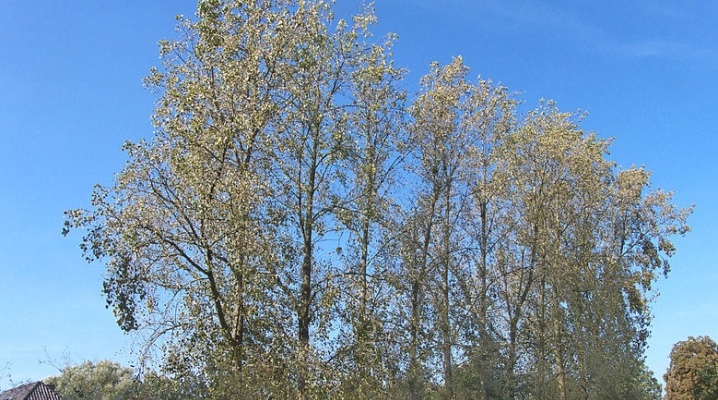
The Canadian poplar is a beautiful hybrid of American and black poplars that was developed in 1750 in France.
Description
The Canadian poplar hybrid, which appeared in the middle of the 18th century, turned out to be more hardy and resistant to negative environmental influences. He is not afraid of most pests and common diseases. It survives well in an urban environment. In general, the plant is winter-hardy, but in particularly cold winters it can freeze slightly.
The tree has a dense and spreading crown. It can be up to 45 meters high. The Canadian poplar grows very quickly. The most intense growth can be observed during the first 20-30 years. After that, it gradually slows down.
It is worth clarifying that in the northern regions, the Canadian poplar grows much more slowly than in the south.
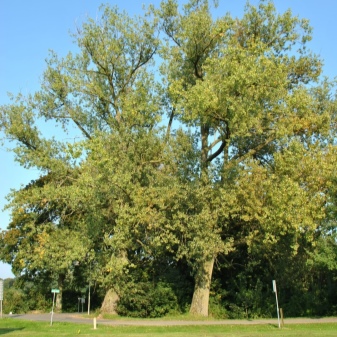
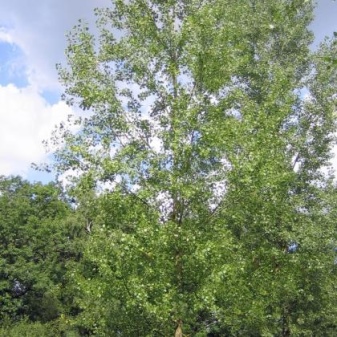
The bark of this tree is rough, brown-gray and covered with deep cracks. The branches are red-brown, and the shoots are covered with a light downy. Poplar root system is powerful and deep.
The leaves are dense, shiny, reminiscent of pointed triangles. They do not turn yellow for a long time. With the first frost, the foliage on the trees turns brown. Male plants do not give fluff, so they are more suitable for landscaping both urban areas and private areas.


Overview of varieties
There are several main decorative forms of the Canadian poplar:
-
erect;
-
late (with a beautiful pyramidal crown);
-
Evgeniya (also known as Karolinska Poplar);
-
Maryland poplar;
-
"Regenerata" (Swiss red poplar);
-
"Curly" (with beautiful wavy leaves).
They are all similar to each other and differ only in small details.



Growing tips
Canadian poplar prefers nutrient-rich and well-hydrated soils. It is capable of tolerating flooding and tolerating saline soil. But at the same time, compacted soil does not suit him.
The plant is best planted in warm autumn or spring. Preferably in calm weather. It should be located in a well-lit place. Experienced gardeners note that it is worth planting a tree so that it is protected from strong winds. In this case, its thin branches will not break off, and a beautiful crown will form.
For propagation of Canadian poplar, it is best to use lignified cuttings. Before disembarking, they do not need to be additionally treated with stimulants. They are already taking root very well. When planting a tree in an open space, a pit for it must be prepared by covering it with a dense layer of drainage.
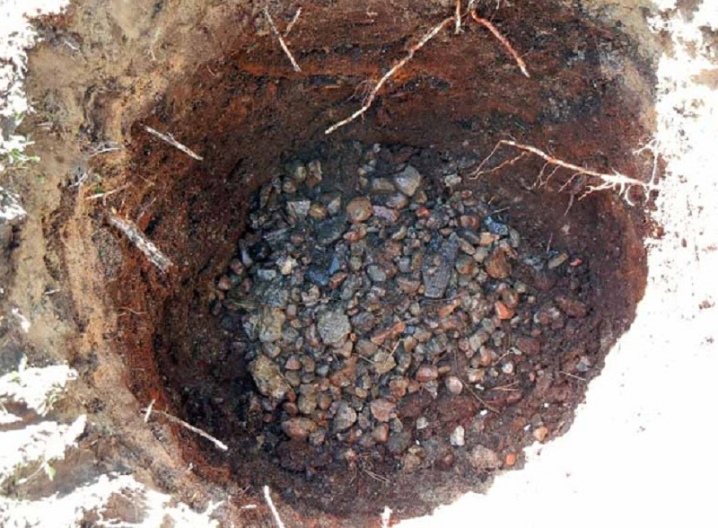
Plant care is very simple and consists of just a few important steps.
-
Watering. In the first year after planting, the plant should be watered twice a month. And also the tree needs such frequent watering during the dry period. Each tree takes about 20 liters of water. After watering, it is recommended to slightly loosen the soil near the trunk so that moisture in the soil is better retained.
-
A haircut. The tree needs regular sanitary pruning. It is held in the spring. At this time, all unnecessary and weak branches are removed. In addition, in the first year, as soon as the tree grows slightly, it needs formative pruning. The crown is made elongated and even.
-
Pest control. The plant is sometimes attacked by aphids or spider mites. In order to protect it from the effects of pests, it is worth using simple insecticides such as Aktara or Senpai.

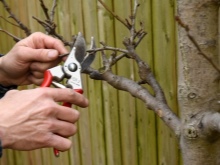
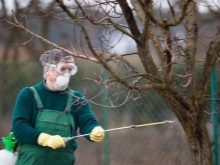
The plant does not need shelter for the winter. If some shoots freeze during a particularly frosty winter, they can be simply removed.
The Canadian poplar is great for solo planting. In addition, the tree looks beautiful as a bright accent color in any landscape composition. It can be used to decorate the banks of reservoirs, decorate playgrounds, city and school yards, parks.
Canadian poplar is an excellent tree for landscaping a site. It is unpretentious, beautiful, stays green for a long time and does not require special personal care.
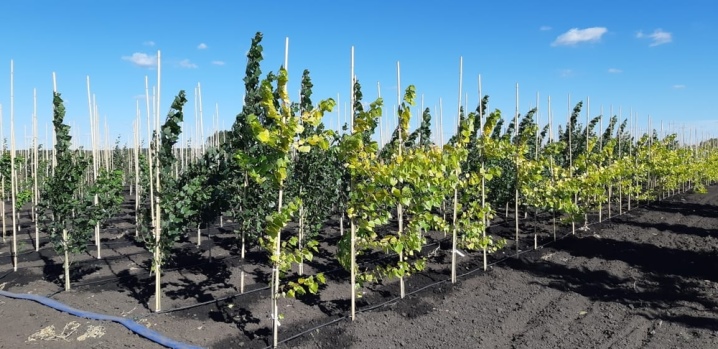



































































The comment was sent successfully.